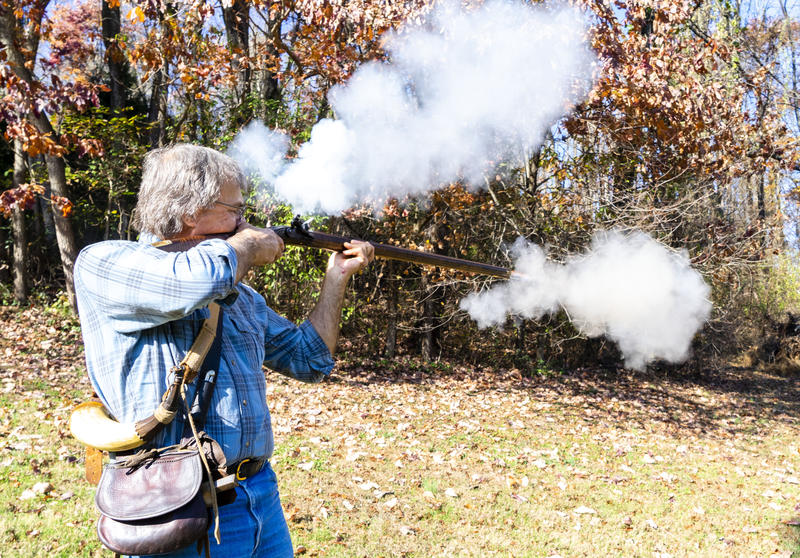The Daily Yonder regularly covers federal programs and policy debates related to persistent poverty and hunger in rural America. From the nation’s largest nutrition program, SNAP (the Supplemental Nutrition Assistance Program), to school food programs and rural disaster response, one organization we regularly rely on for information and analysis is FRAC (the Food Research and Action Center).
Though FRAC does not have a rural-only focus, the organization’s staff and researchers have developed an impressive series of reports and data to document rural America’s unique poverty and nutrition challenges.

For more than 20 years, FRAC’s executive director, Jim Weill, has guided the organization’s work through multiple cycles of nutrition-related lawmaking, including federal farm bill, which contains SNAP appropriations. FRAC recently announced that Weill will retire later this month.
The Daily Yonder’s Bryce Oates interviewed Weill about his career and his observations about hunger and nutrition programs in rural America. Weill reflects on his career, nutrition in rural America, and recent Trump administration work requirements for SNAP, and misunderstood rural demographics.
The interview has been lightly edited for length and clarity.
BO: How did you get involved in anti-poverty work?
JM: After law school, I became a VISTA lawyer in Illinois and was assigned to work on issues of poverty, Social Security, Medicaid, food stamps and other programs making sure that people who were eligible could get to participate. I worked to make sure that the rules were being appropriately enforced, that those who were eligible would get benefits. That led me into a career both as a lawyer and policy advocate on issues that are important to low-income Americans, which has been very gratifying work.
During the 50 years that I’ve doing this kind of work, one thing that’s happened is within the private sector, the job market, the private economy as a whole, wages have stagnated or fallen. Benefits like employer-based health coverage have dropped. Pensions have been eliminated or declined. One of the positive things that has happened during the same period is that critical programs like food stamps and school meals and Medicaid and the Earned Income Tax Credit (EITC) – these anti-poverty programs have come to fill the hole created by declining wages and a reduction in employer-based benefits for the bottom half of the population in the private sector.
It’s hard to imagine the incredible harm that would have been to society if these programs had not stepped up and been strengthened in order to fill that terrible hole. And, of course, that’s more true in rural areas than in metropolitan areas, as metro areas have done better on the whole than rural areas during that period of time.
BO: Tell me more about that. What have you learned about rural poverty, rural nutrition programs and policy debates that impact these issues? Why are these programs more necessary in rural America?
JM: I think partially that’s because there are a lot of stereotypes in attitudes associated with these programs. The stereotypes I see are that Medicaid and SNAP are primarily overwhelmingly helping people who aren’t working. But in fact, we know from the data and statistics that most participants are either disabled and can’t work, are elderly and can’t work or are working but aren’t earning wages high enough to make a go of it. Programs like Medicaid, SNAP and the EITC supplement wages and make it possible for people to have some decent health coverage and decent nutrition. That’s because their wages are too low, or their jobs are part-time with sporadic hours. Or the job doesn’t pay enough to support the household.
BO: This seems related to the recent Trump administration proposal to more harshly implement work requirements on SNAP recipients. During your career, have you seen the work requirement proposals gain more traction?
JM: It’s been a push for many years, although it is also somewhat cyclical. The most recent Trump Administration proposal is not based on reason and fact, but is based on these stereotypes and the simple desire to drive people out of the programs. The so-called ABAWD Rule (Able-Bodied Adults Without Dependents) is a case in point. The way the rule exists now, before the change, is that able-bodied adults who aren’t living with kids who are working age can only get three months of SNAP benefits for every 36 months unless they live in an area with extremely high unemployment. If you live in such an area, Governors can ask for waivers of that rule for high unemployment areas. And both Democratic and Republican governors have asked for those waivers over the years. What the Trump administration rule does is to dramatically inhibit the ability of governors to obtain waivers for high unemployment areas. This is really not a work rule. It’s a move to cut people who can’t find work in high employment areas from being able to participate in SNAP sort of rule. It’s senseless and vindictive rather than work-related.
BO: One fact I have learned in covering rural communities and rural economies is that there are some rural communities that are likely to have difficulty meeting these proposed work requirements because there are simply no jobs available in some locations. One of the talking points we hear regularly from President Trump and his administration is that the economy is doing well and that anyone who wants a job can get one.
JM: That’s just not true, of course, particularly in many parts of rural America. There are lots of parts of the country where unemployment is high, or where there are no job opportunities. Poverty rates and hunger rates are higher in rural areas than metro areas. These rule changes aside, the need is higher in rural America. Cutting back these programs will have a much larger impact on rural areas than metros.
BO: The data and statistics prove that. Can you tell us what the policymakers and their staffers think? Do most elected officials in D.C. understand that rural America has higher rates of poverty, unemployment, and reliance on programs like SNAP?
JM: Some people know it and care about it, including some Republicans and Democrats. Senator Pat Roberts (R-KS, Senate Agriculture Committee chair) is a big supporter of SNAP, for instance. There’s also a lot of people who don’t understand the rural issues. And then there’s a group of policymakers who know the facts but don’t care. It’s a mixed bag.
But the stereotypes get in the way, the stereotypes that most people who receive the benefits are on the program for very long periods of time. We know the facts, and the facts are that most people on SNAP are on the program for a very short period of time, two or three months. People move off and on when they are laid off or find themselves between jobs. There’s also racial and gender and other stereotypes that get used in the policy discussions, and those stereotypes stand in the way of fair treatment of all people.
BO: One thing I have learned in covering SNAP is that the program is designed to grow when the economy struggles and contract when the economy grows. For instance, participation has been on a steady decline in the last decade during the recovery from the Great Recession in many parts of the country.
JM: As a practical matter, the antipoverty programs, particularly SNAP, are designed fabulously to be anti-recessionary countercyclical programs. Growth in participation happens quickly during a recession, then participation goes down as the economy recovers. One of the things the Trump rule changes are doing to SNAP are that when we have the next recession, the program is going to be less effective. That is terribly unfortunate for the economy as well as for the people impacted. There is a lot of evidence that the most effective anti-recessionary program is SNAP.
BO: USDA’s own Economic Research Service says that SNAP is a job creation engine in rural America, helps to keep grocery stores open and is more important to rural economic activity than in urban areas. Are there other rural lessons you’ve learned or would like to mention to our readers?
JM: I’d say one of the things that I’ve learned, that I would want to point out, is that there are many rural Americans, and rural American voters, who are African-American Democratic voters. There are also a lot of white Democratic rural voters as well. Just like we have stereotypes about cities and poor people, there are also stereotypes about what rural Americans look like, that it’s only made up of white Republican farm owners. All three of those nouns are not fully correct. There are thousands and thousands of rural Americans who are African-American and Hispanic and Asian and Native American. It’s important to understand that most people who live in rural America are not farm owners.
And while a lot of people are farmworkers, the vast majority of rural Americans are neither farm owners nor farmworkers. They have other jobs and are doing other economic activities. One reason rural America suffers is because too much attention goes to the tiny minority that fits the stereotype as white Republican farm owners, and too little attention goes to the majority of the rural population.
This article was originally published by the Daily Yonder.



